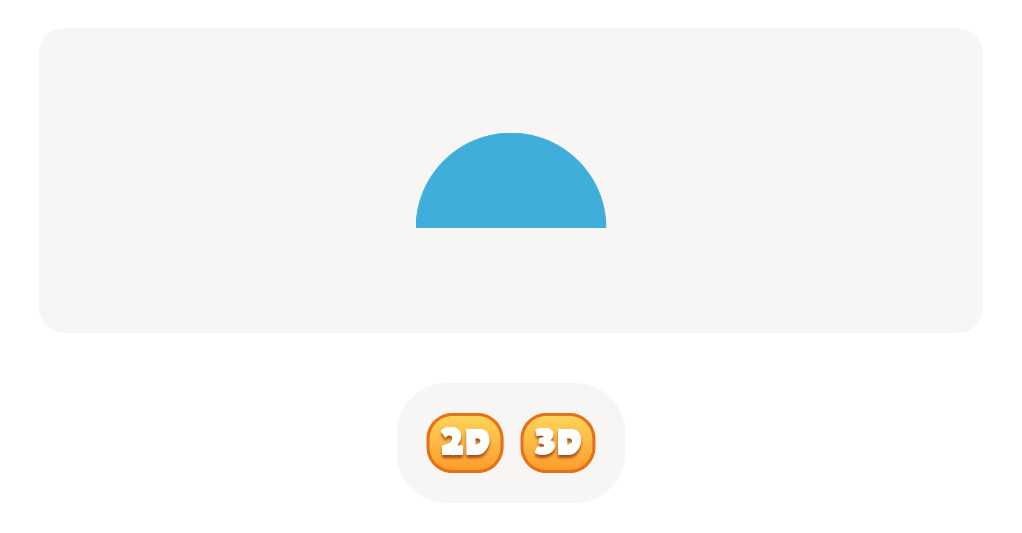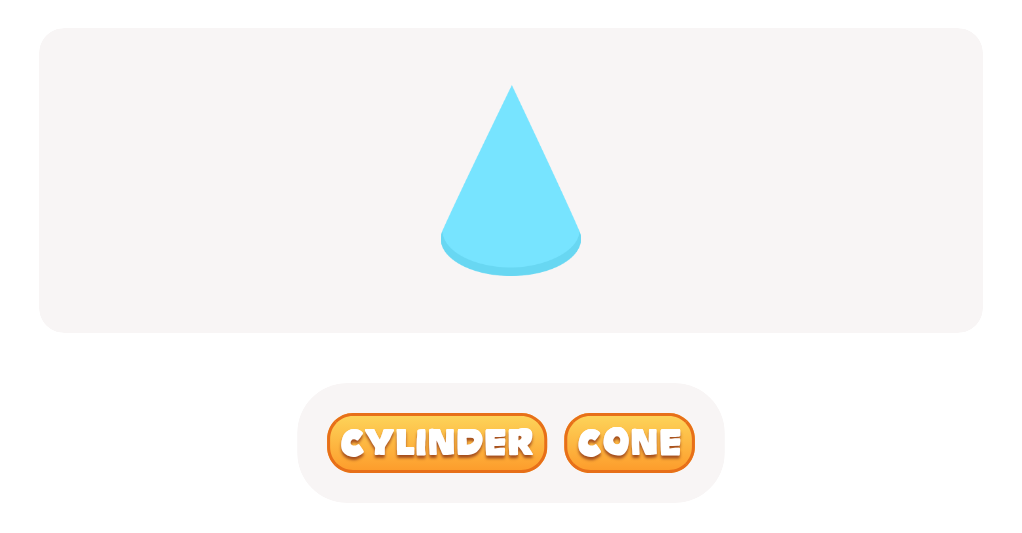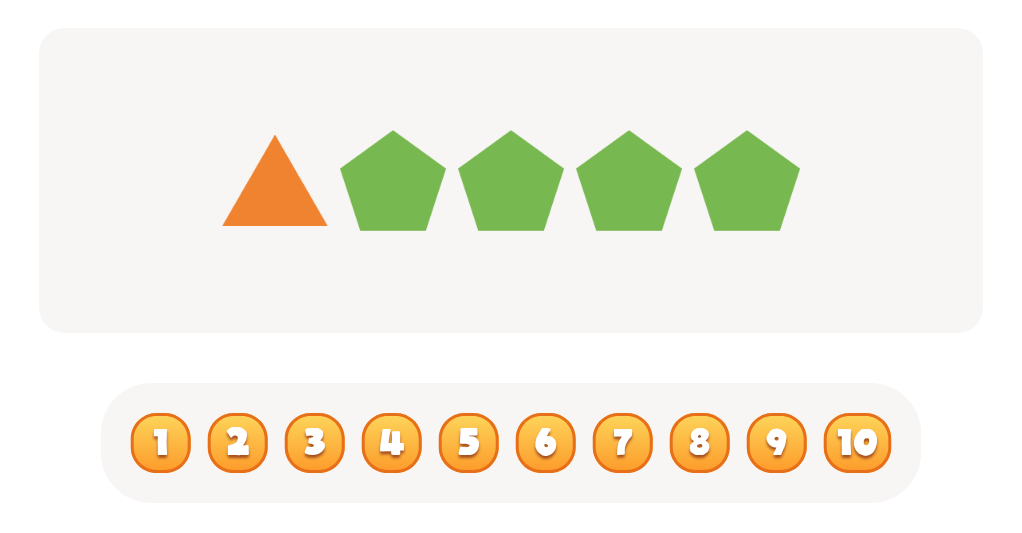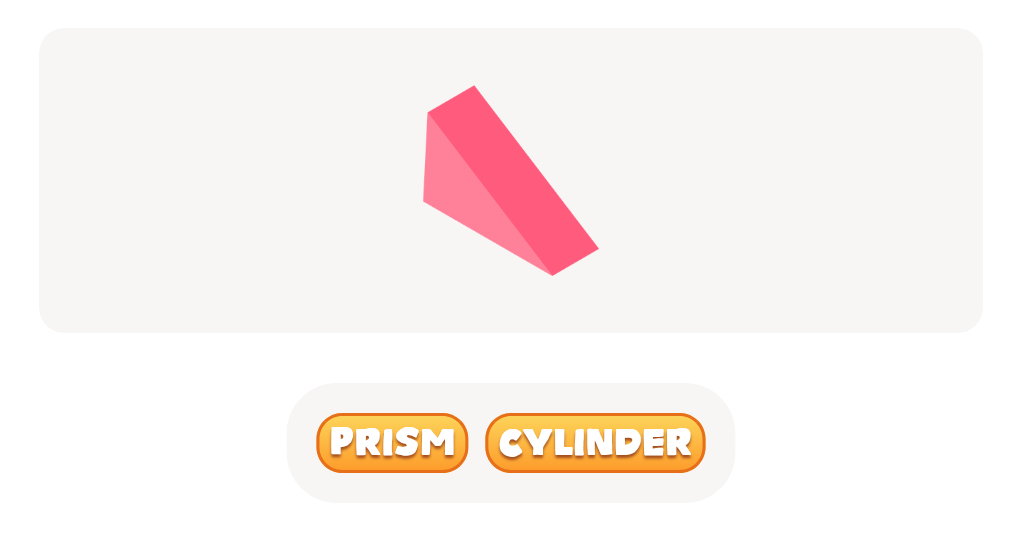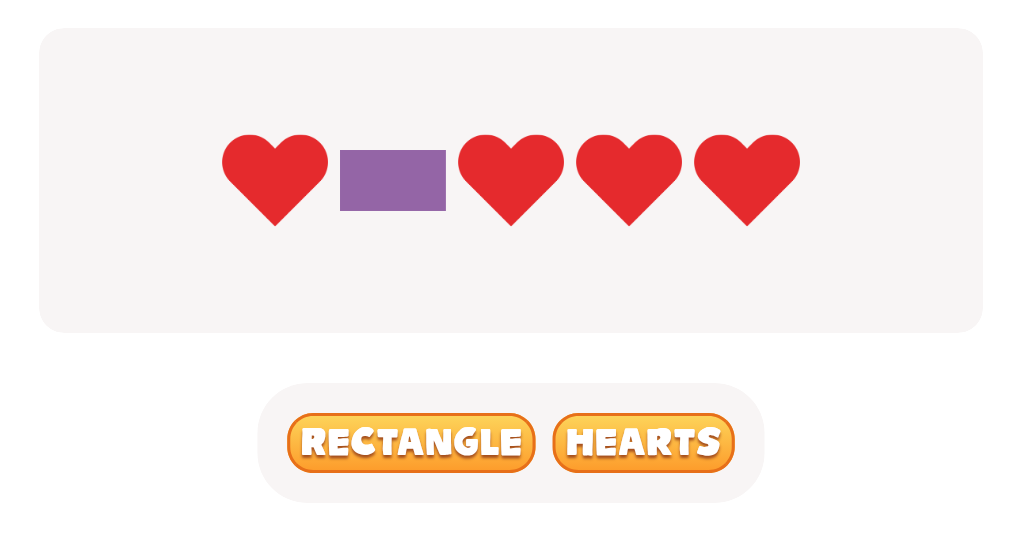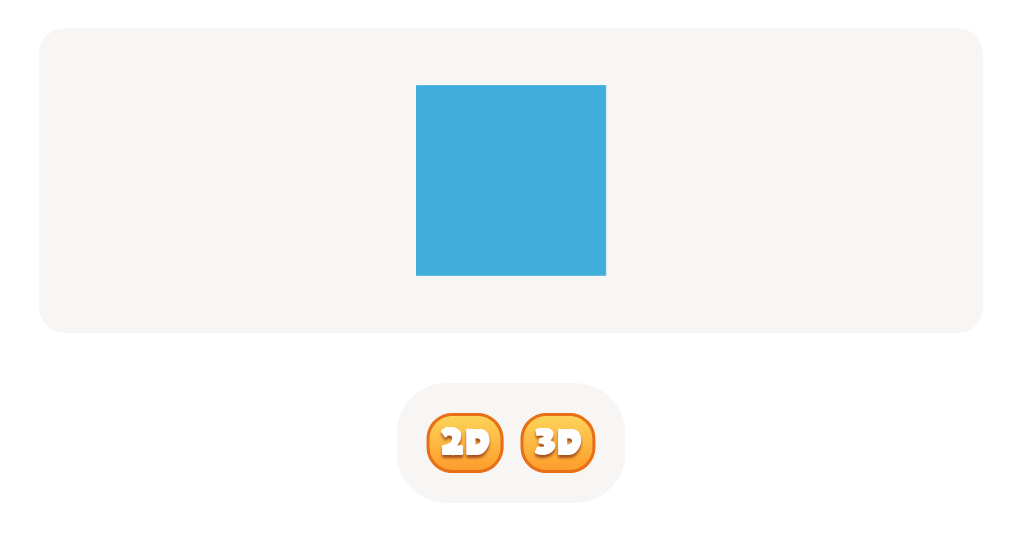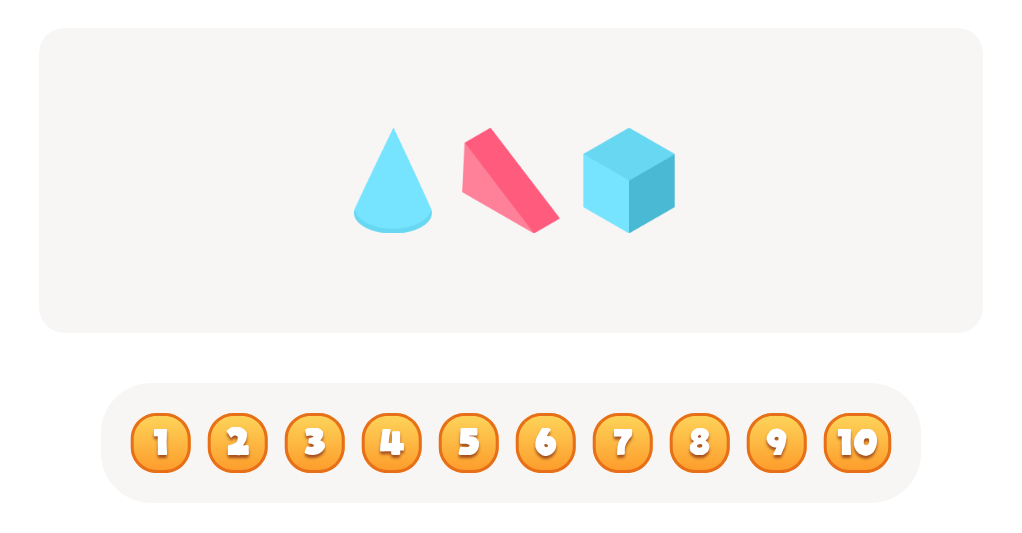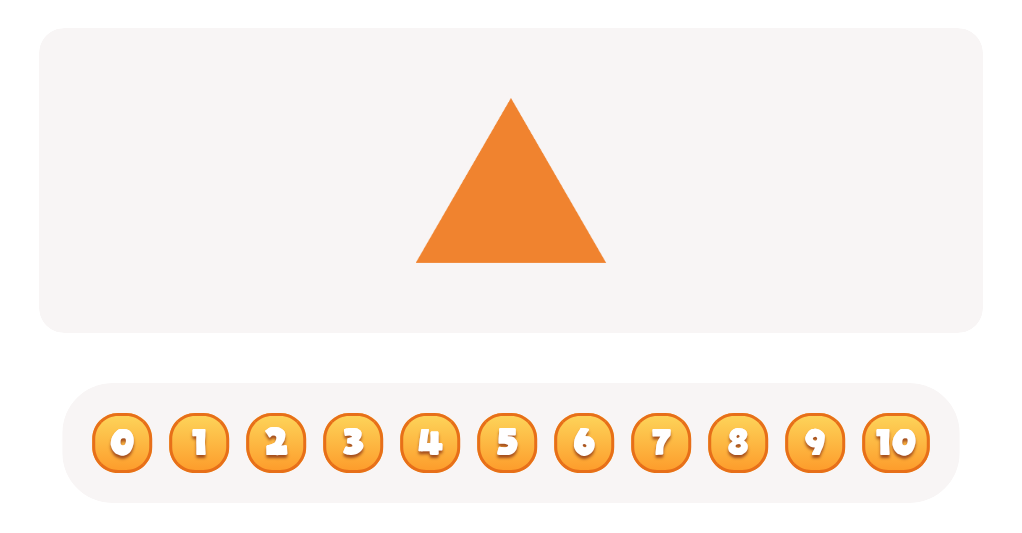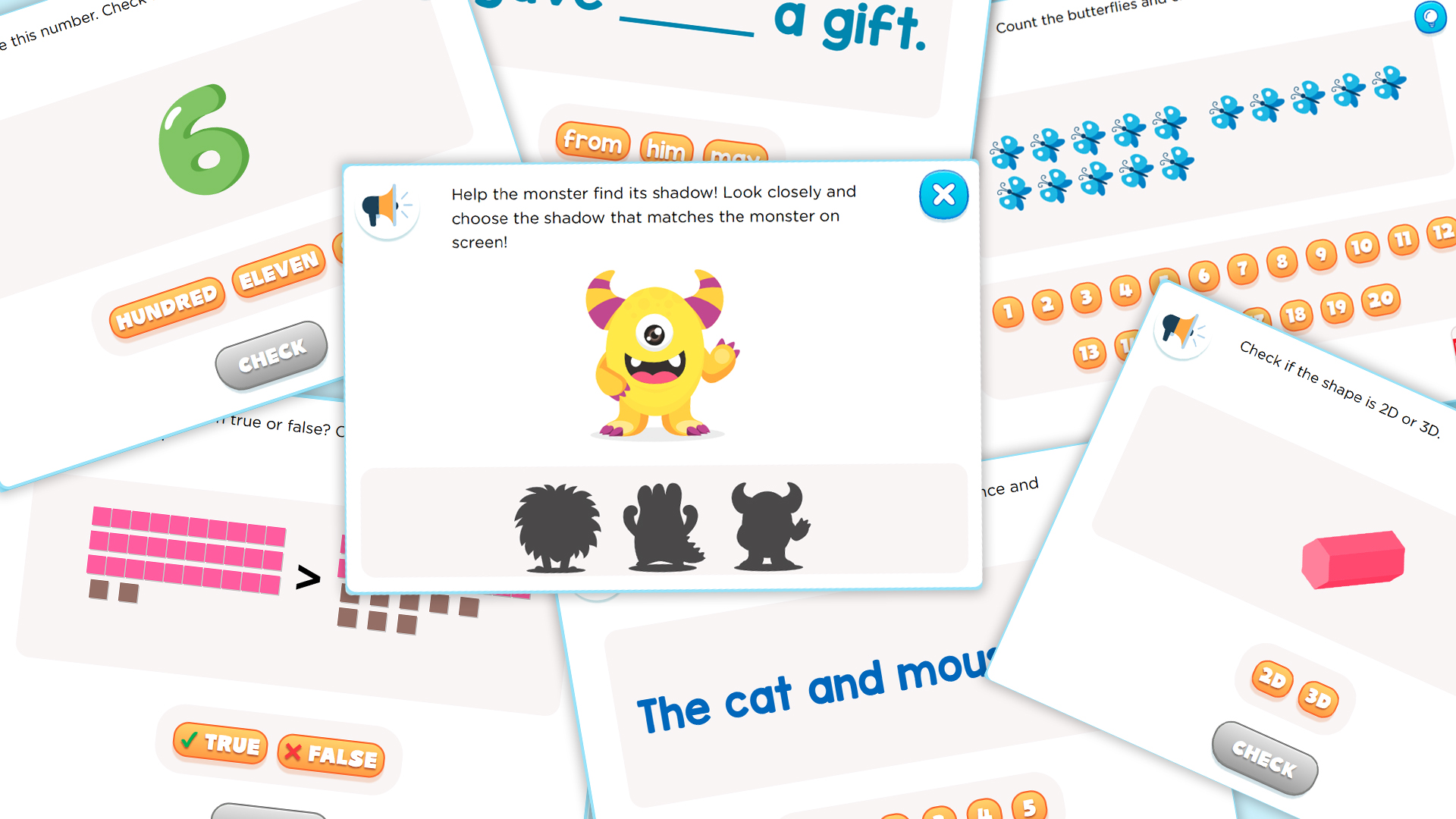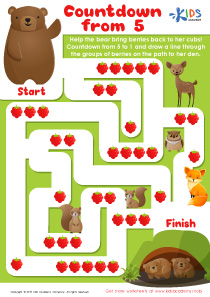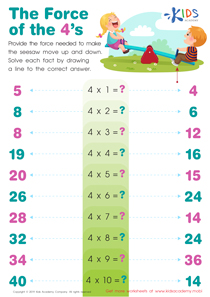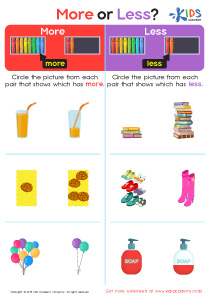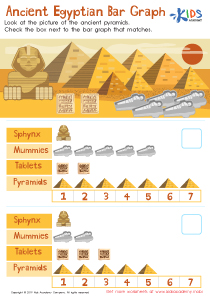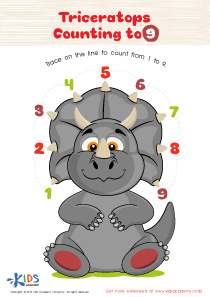Shape Recognition Easy Geometry Worksheets for Ages 4-8
17 filtered results
-
From - To
Welcome to our Shape Recognition Easy Geometry Worksheets designed specifically for children aged 4-8! Our engaging worksheets help young learners recognize and understand various shapes through fun activities and colorful illustrations. These resources foster essential geometry skills and promote critical thinking as kids explore shapes in their environment. Perfect for at-home learning or classroom integration, our worksheets encourage creativity and hands-on practice. Designed to align with early education standards, these activities make learning enjoyable and interactive. Get ready to watch your child gain confidence in their shape recognition skills while having a blast with our easy-to-use geometry worksheets!


Cone Hide-and-Seek Worksheet


Odd Shape Out Worksheet for Grade 3
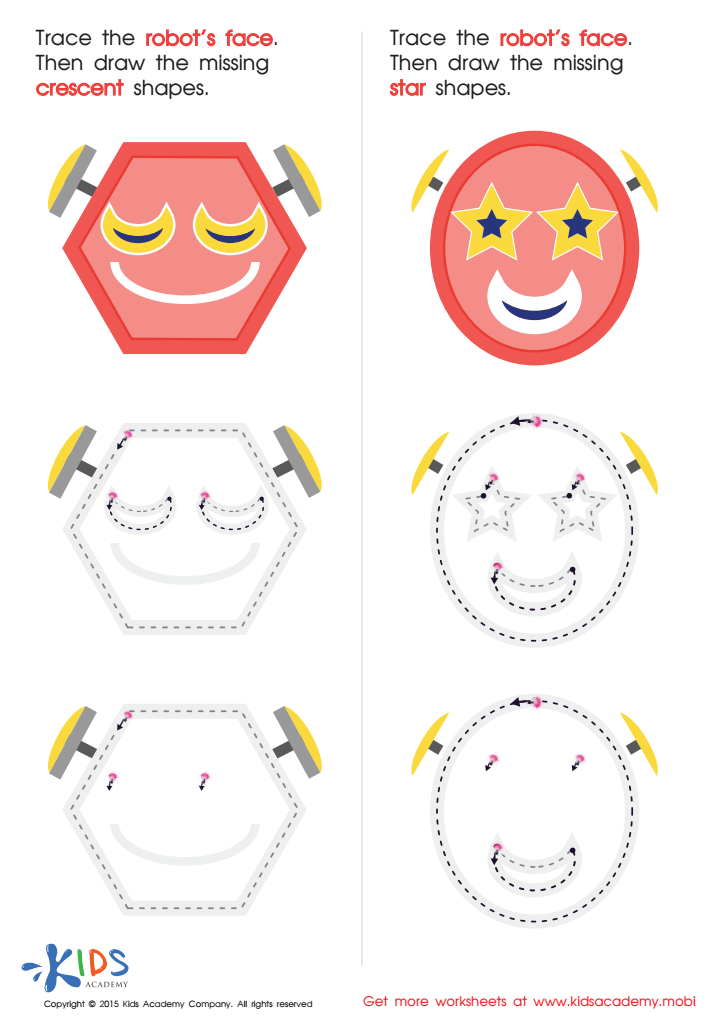

Composing a Robot's Face of Crescents And Stars Worksheet
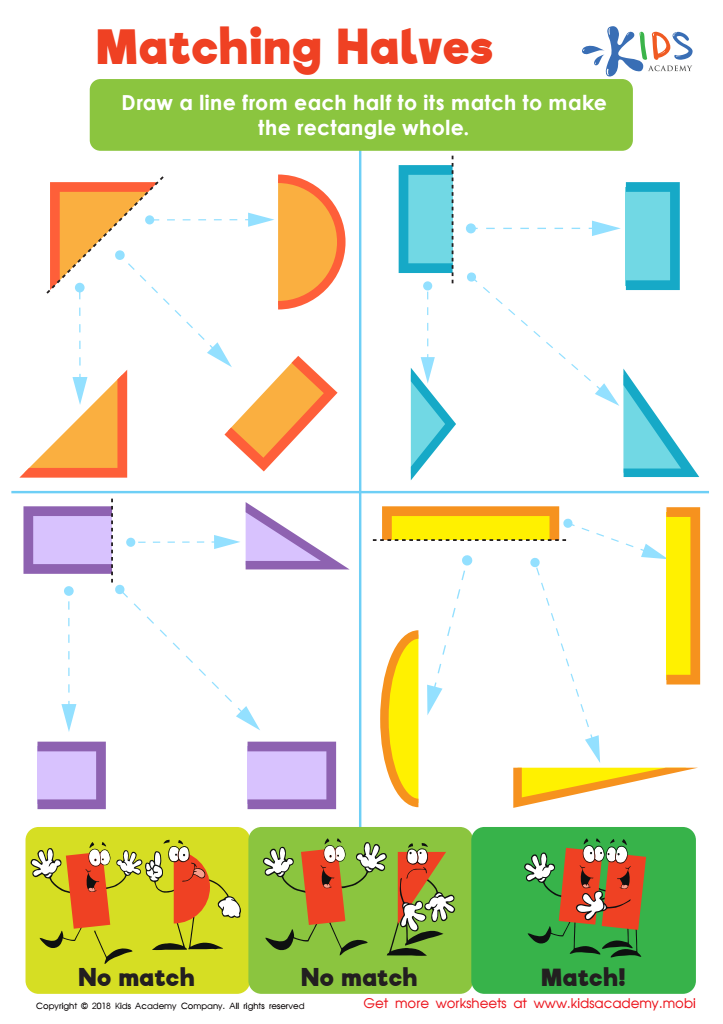

Matching Halves Worksheet
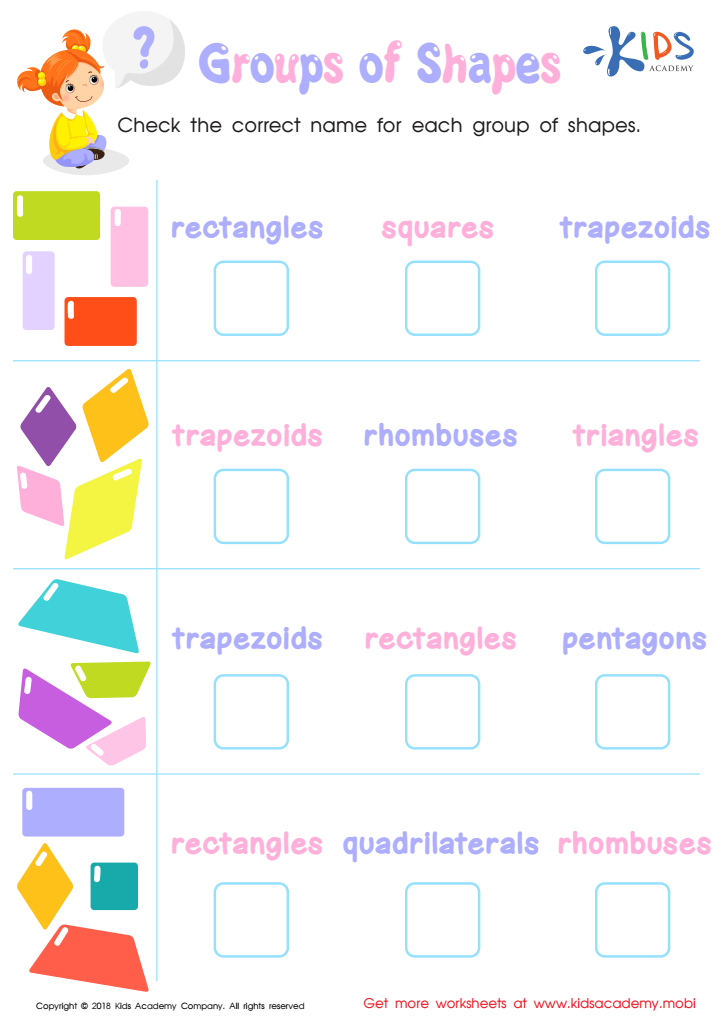

Groups of Shapes Worksheet


Faces of 3D Shapes Worksheet
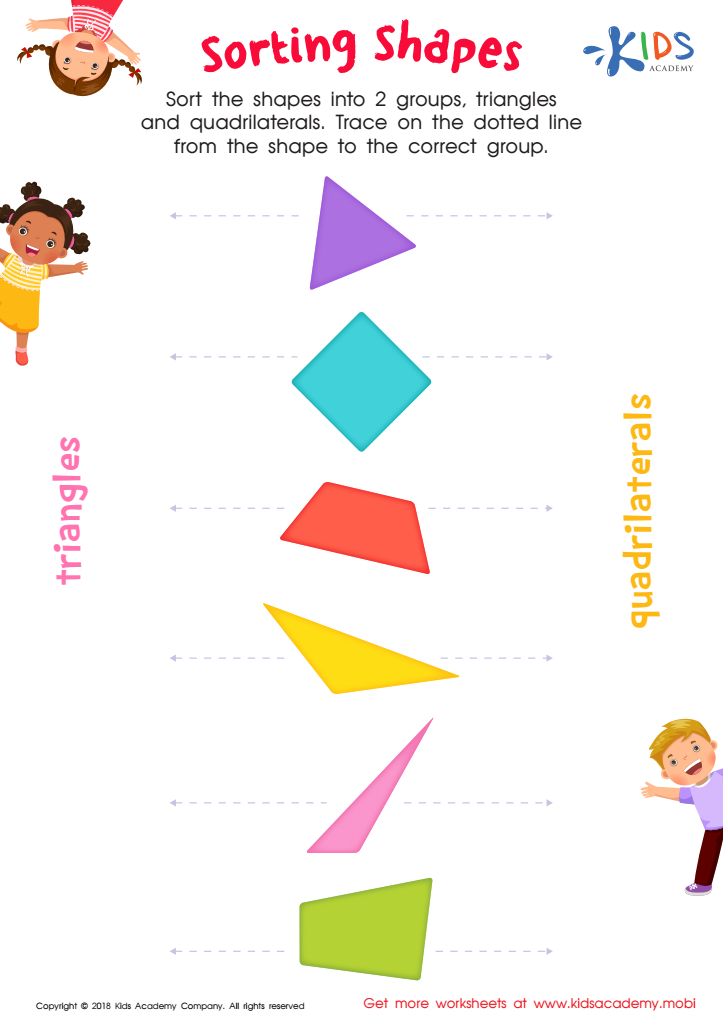

Sorting Shapes Worksheet


Odd Shape Out Worksheet for Grade 1
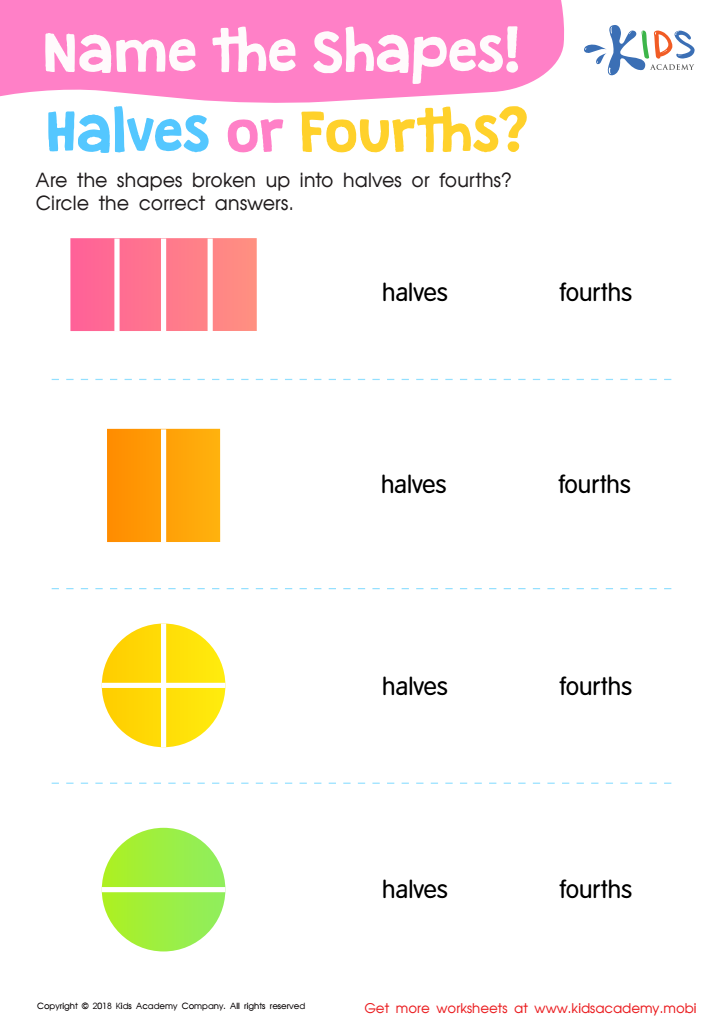

Name the Shapes Halves or Fourths? Worksheet
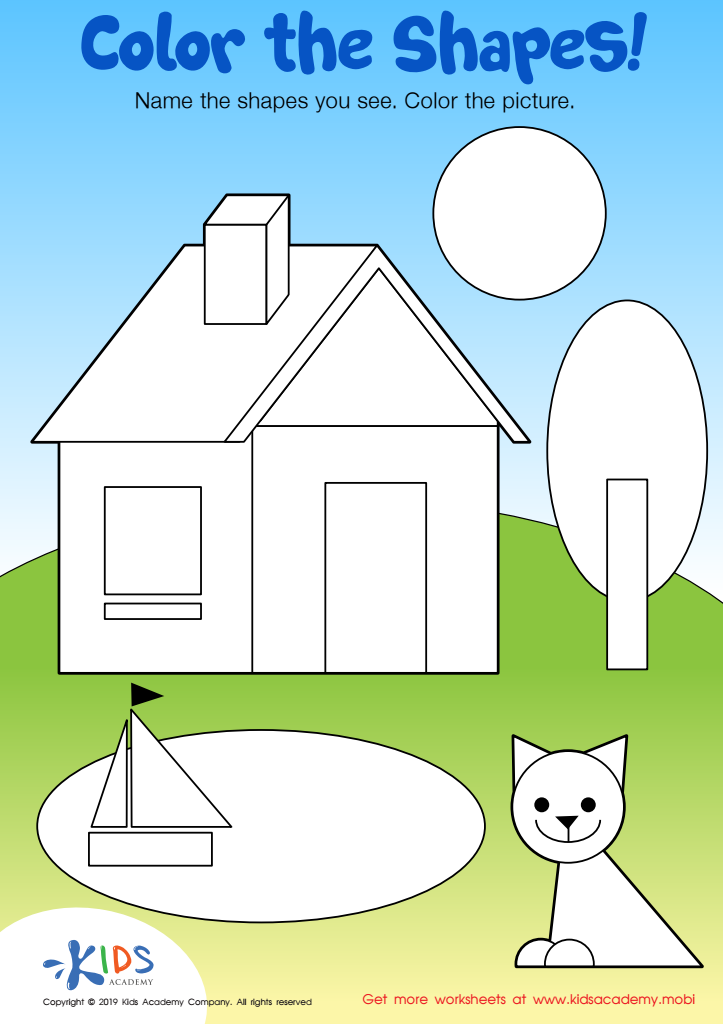

Color the Shapes Worksheet
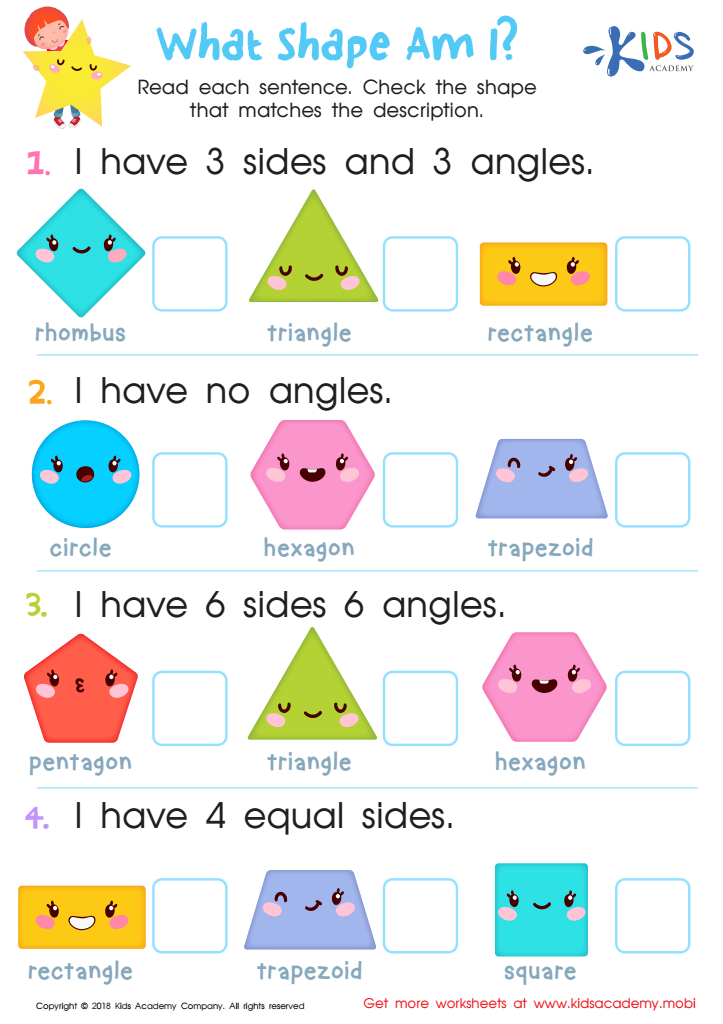

What Shape Am I? Worksheet
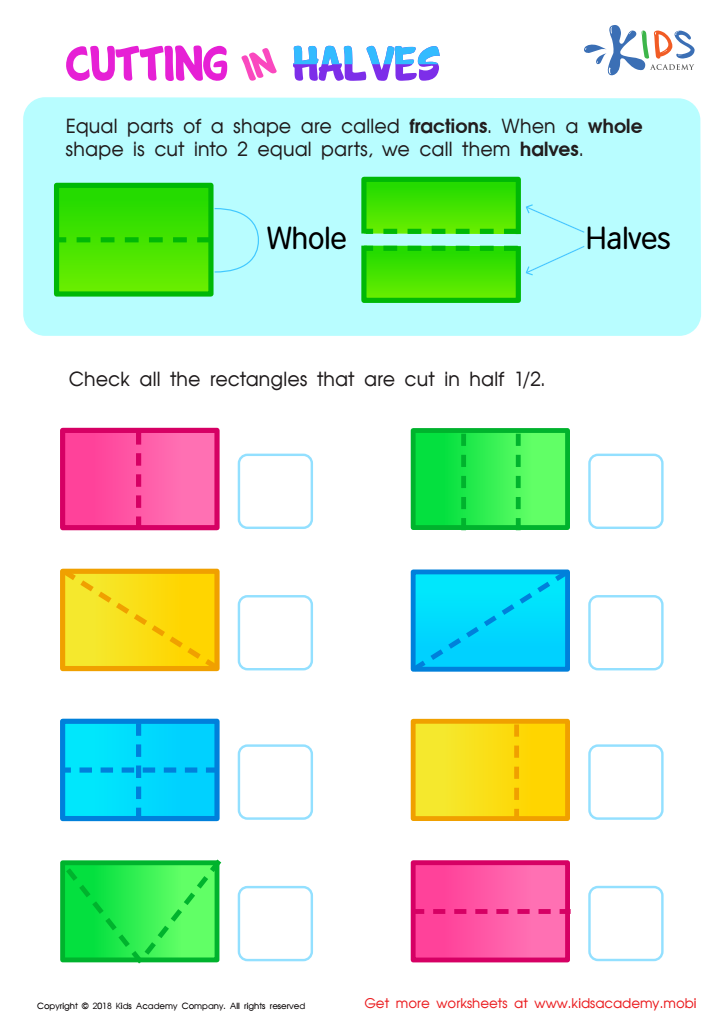

Cutting in Halves Worksheet
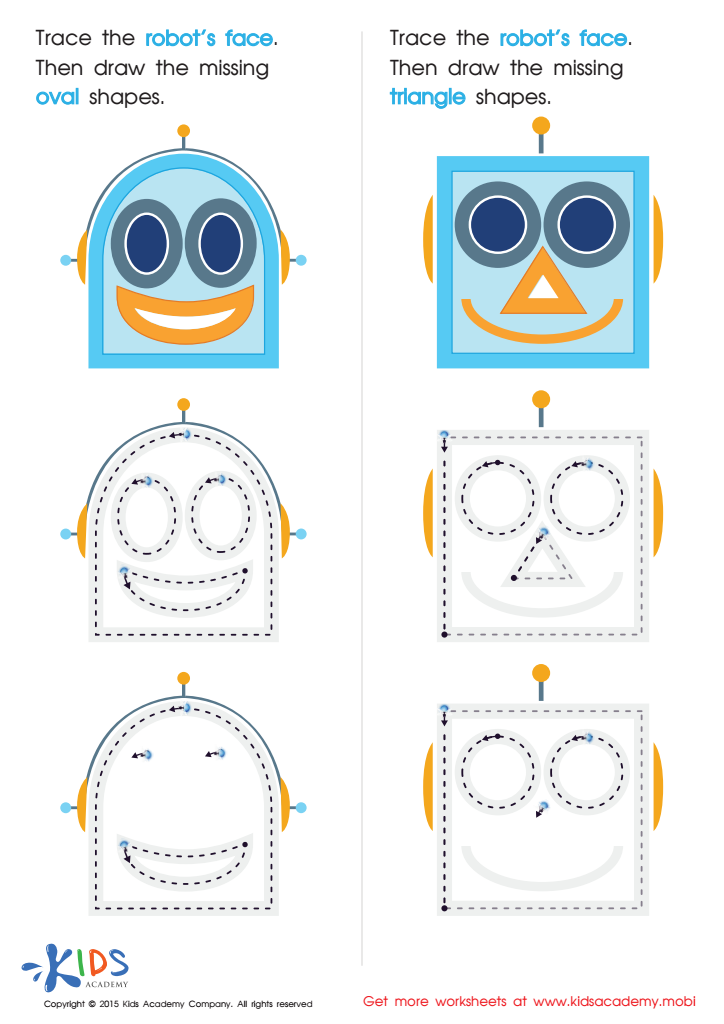

Drawing Ovals And Triangles with Fun Printable
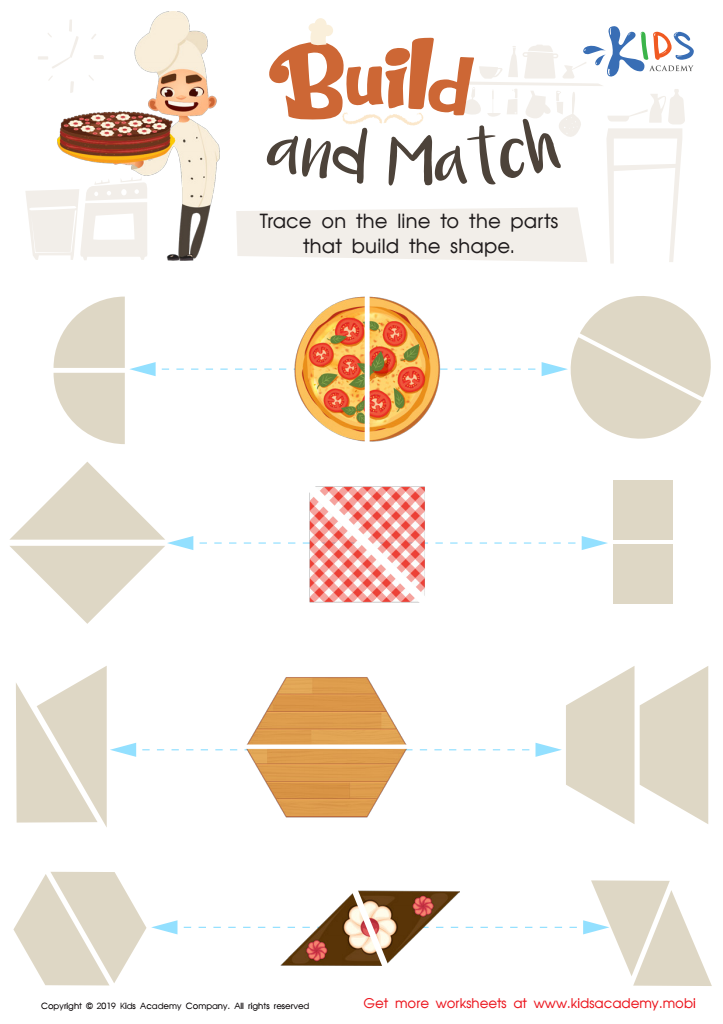

Build and Match Worksheet
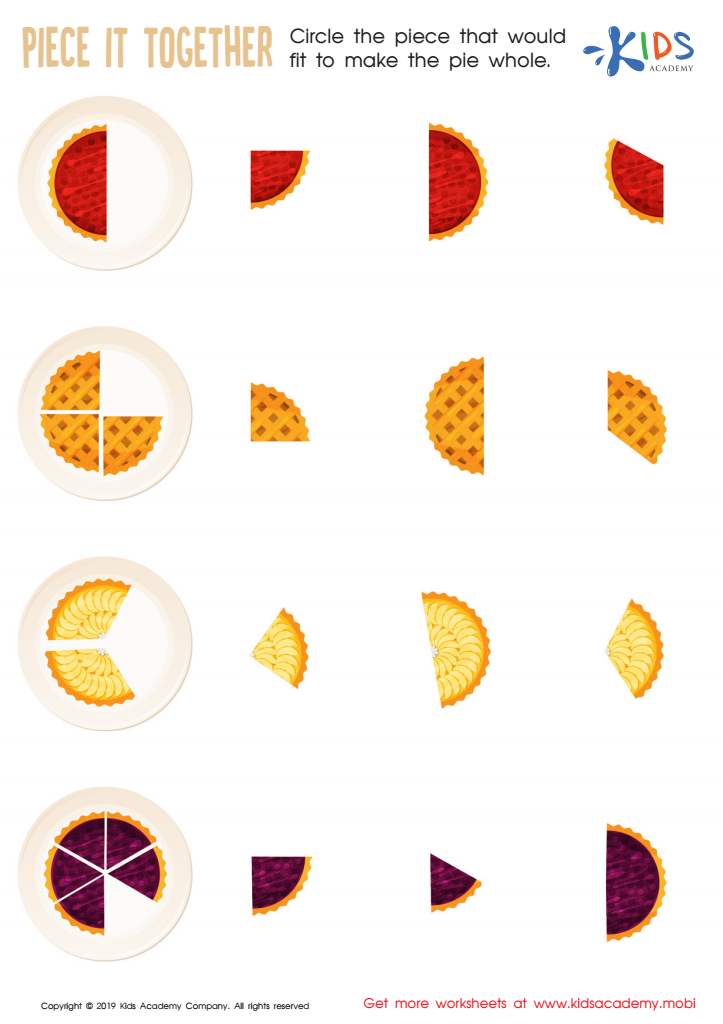

Piece it together Worksheet
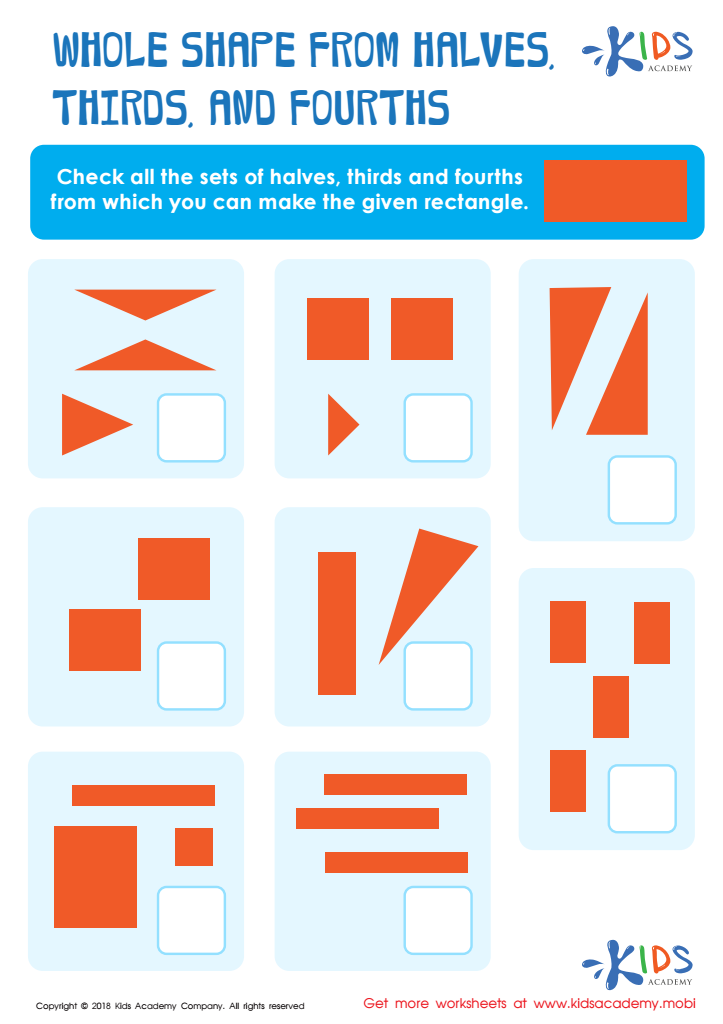

Whole Shape from Halves, Thirds and Fourths Worksheet


Construction Shapes Worksheet
Shape recognition is a fundamental aspect of early education that lays the groundwork for later mathematical understanding and cognitive development. For children aged 4 to 8, mastering basic shapes is crucial, as it enhances their spatial awareness and problem-solving skills. When parents and teachers prioritize shape recognition through easy geometry, they encourage critical thinking and creativity in young learners.
This foundational knowledge fosters children's ability to identify, describe, and manipulate shapes, which is essential in various subject areas, including math, science, and art. By engaging in shape recognition activities, children develop fine motor skills and hand-eye coordination as they manipulate physical shapes or draw visuals, reinforcing their learning experiences.
Moreover, incorporating shape activities into learning environments promotes collaboration and social skills, as children often engage in group play or discussions. Parents and teachers should care about easy geometry because it not only supports cognitive growth but also encourages holistic development in children. As children embrace shape recognition, they build confidence and a love for learning, setting a positive trajectory for their educational journey. Ultimately, investing time and energy into this early learning facet supports children’s long-term success in school and beyond.

 Assign to My Students
Assign to My Students
